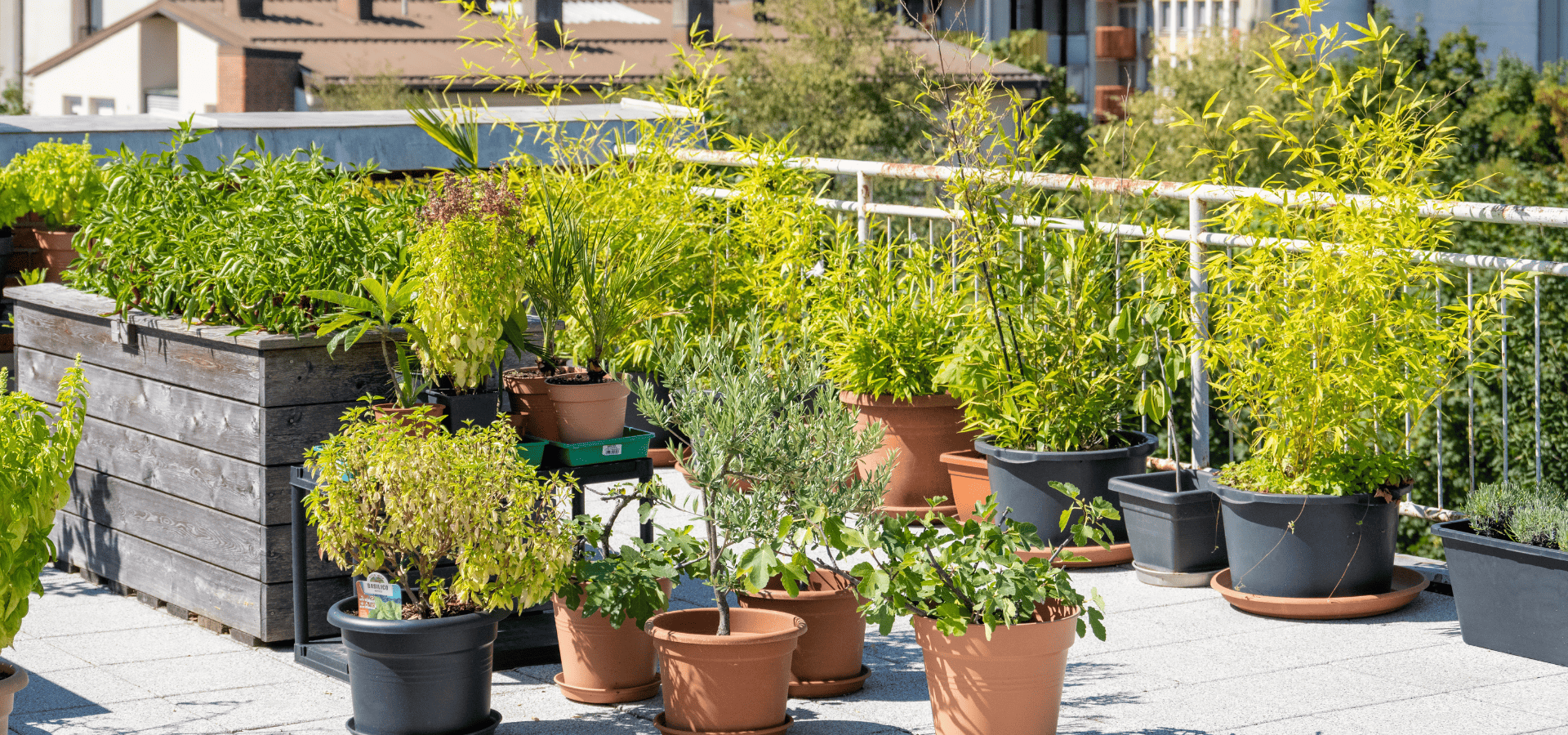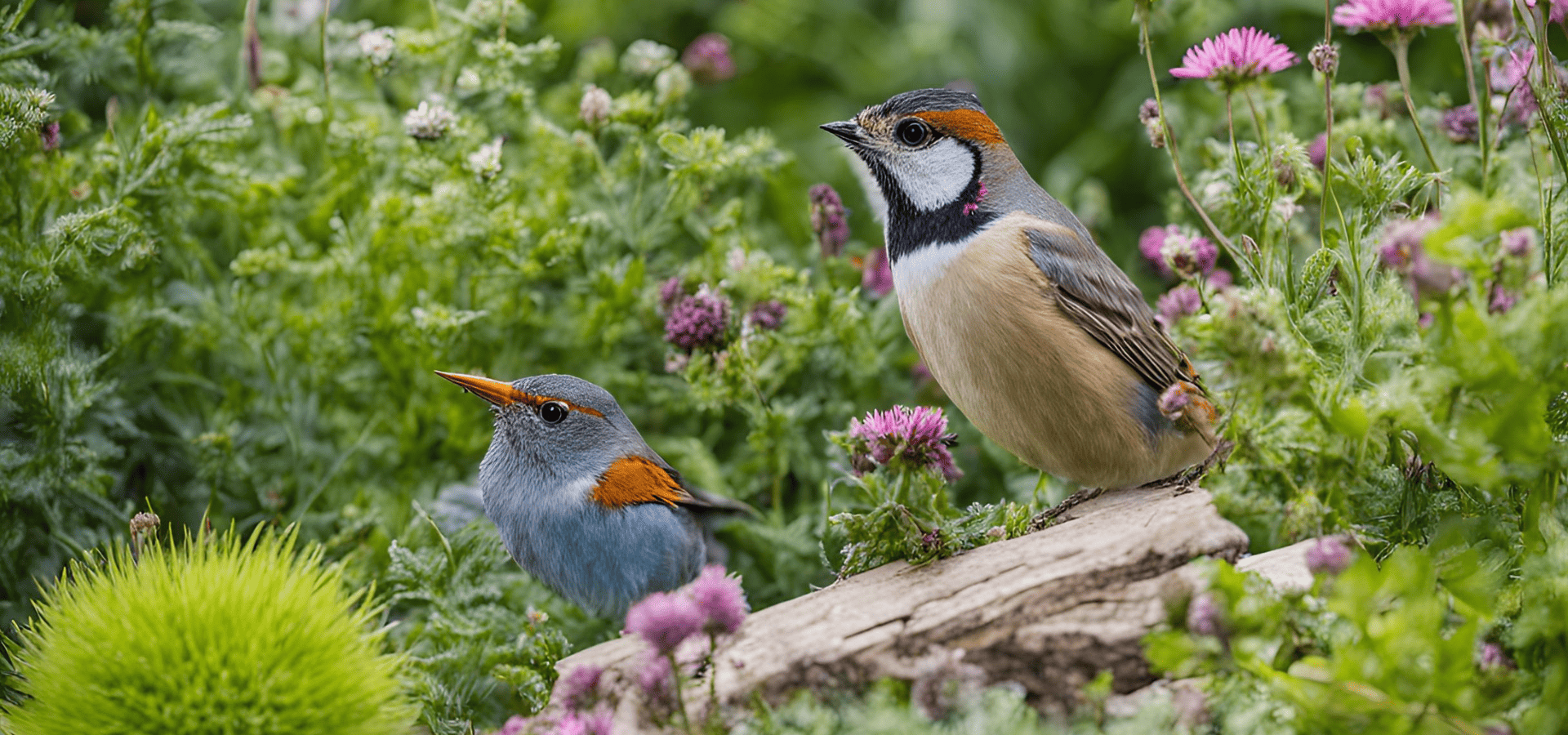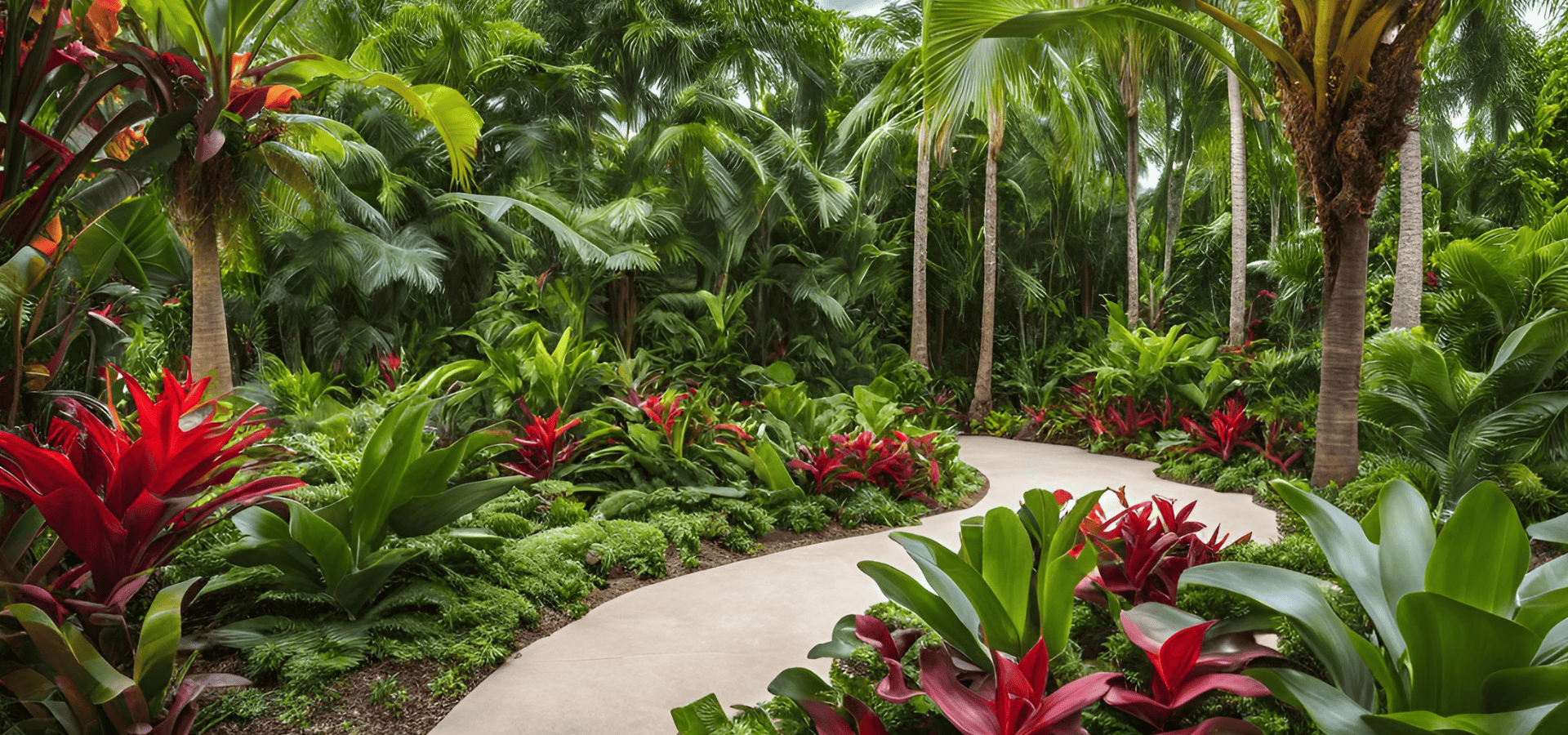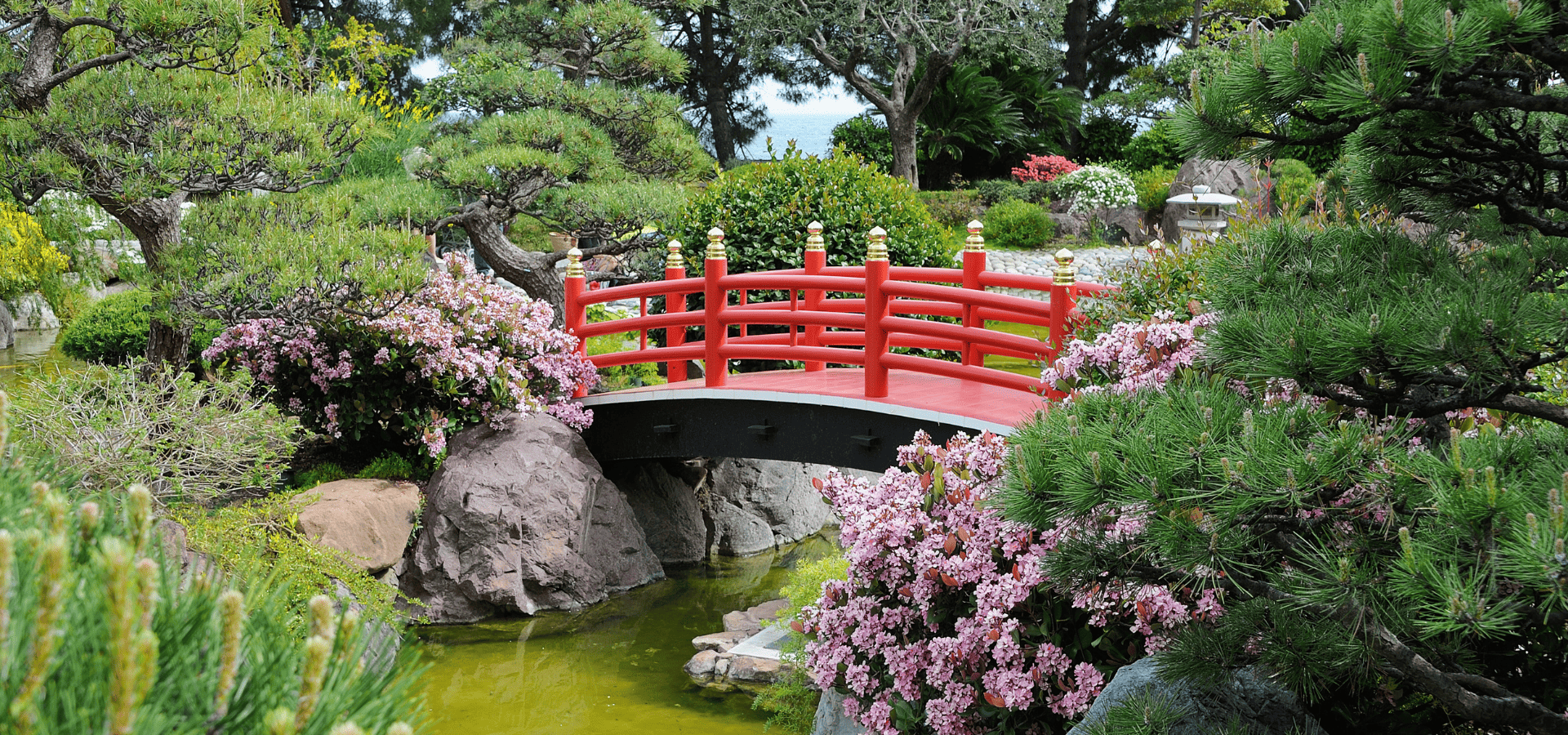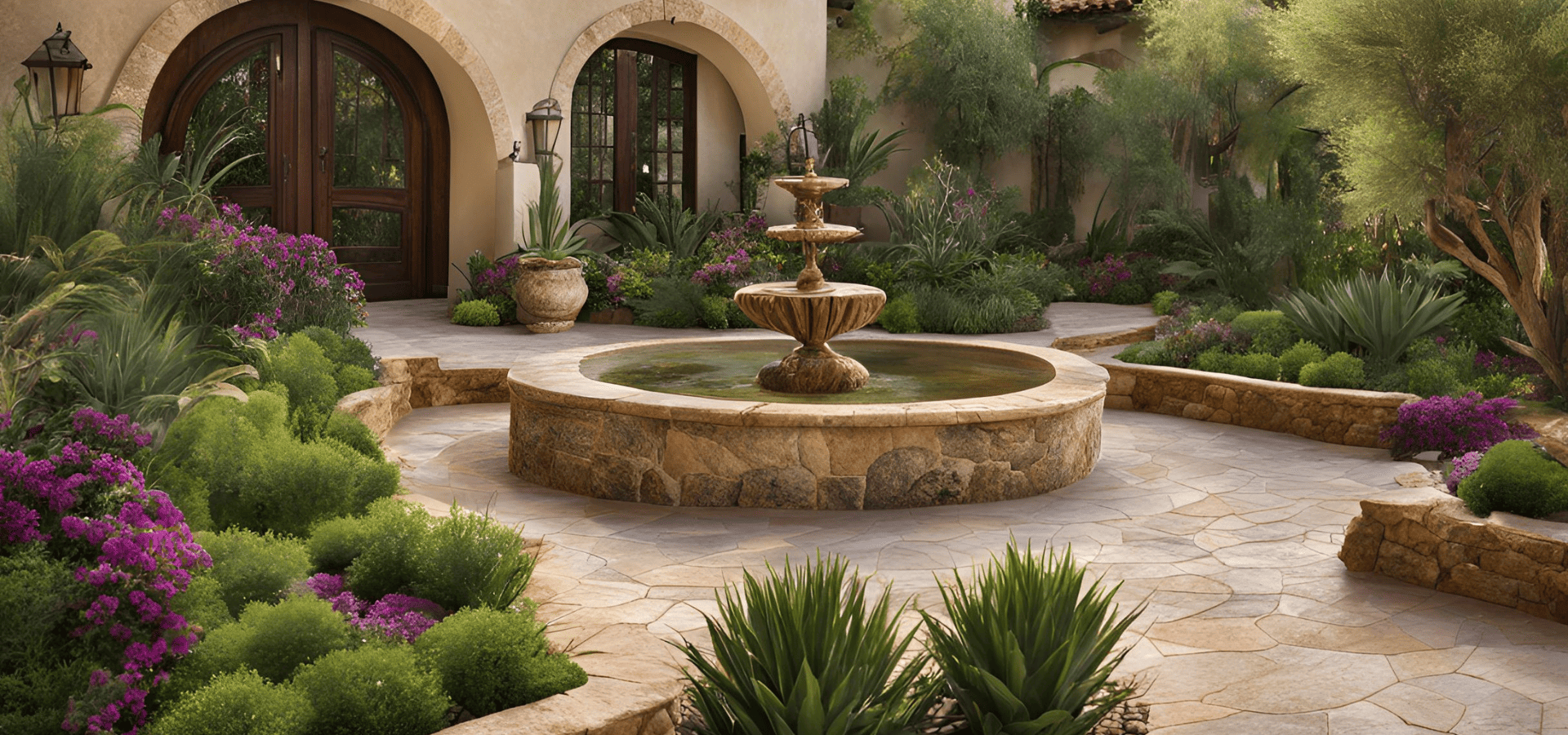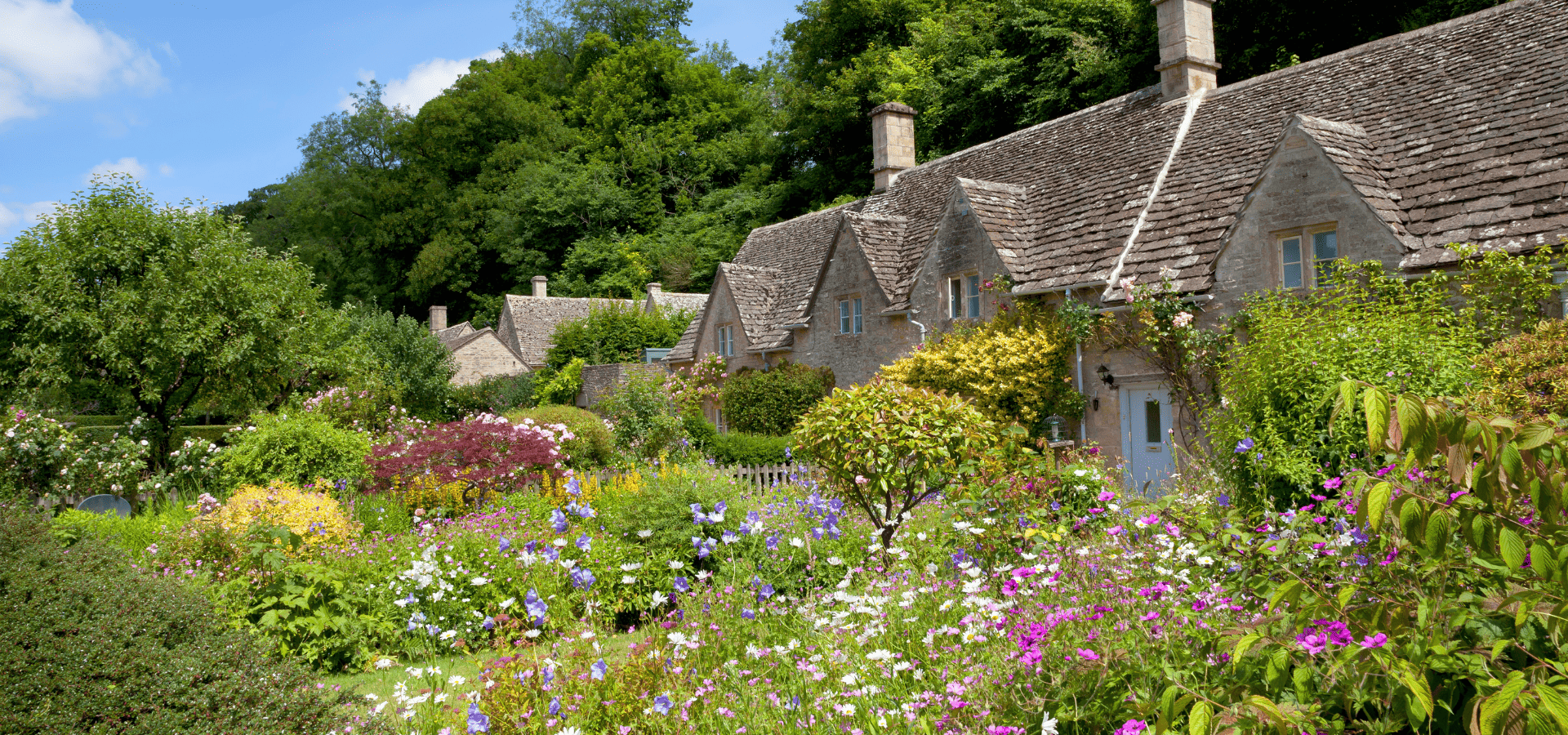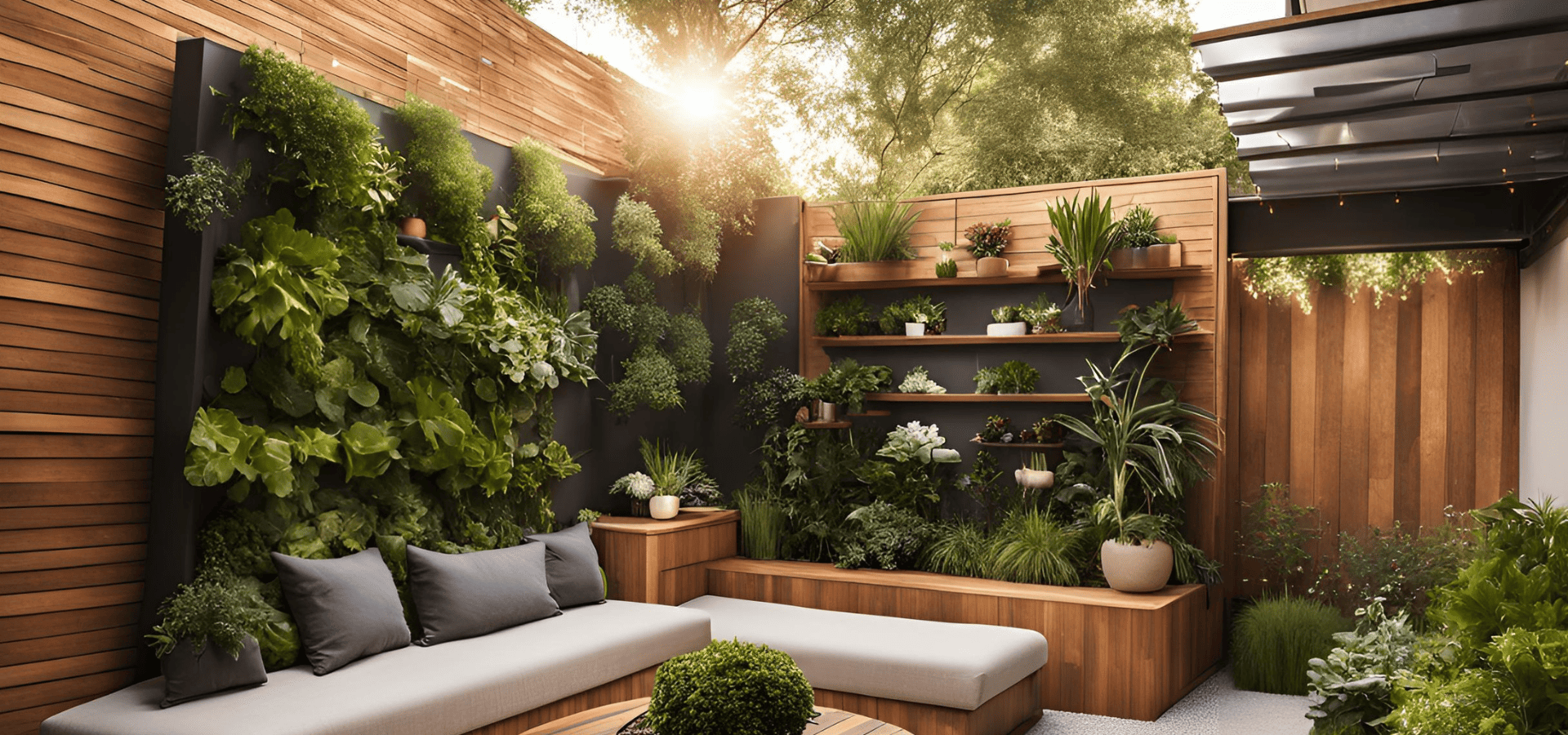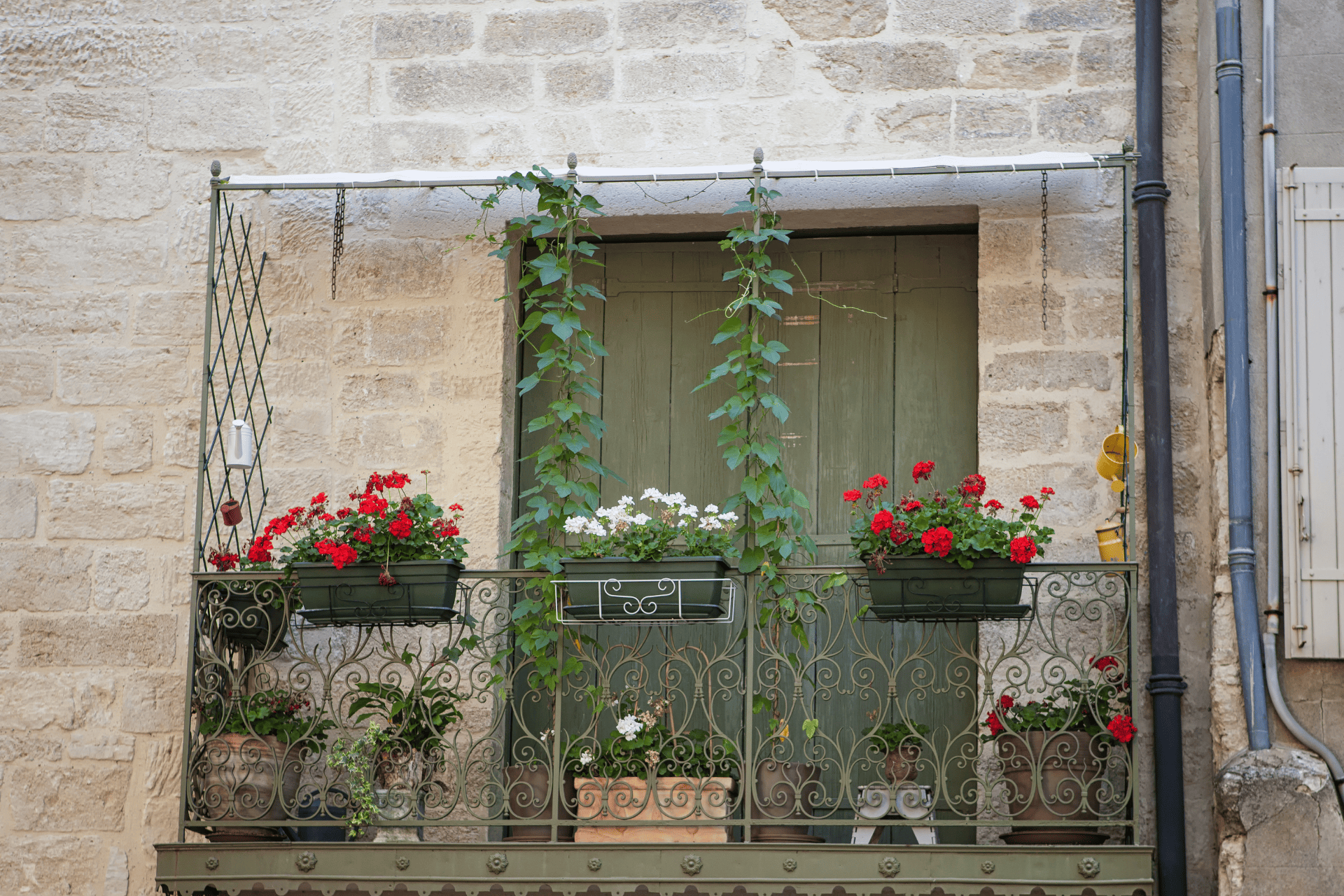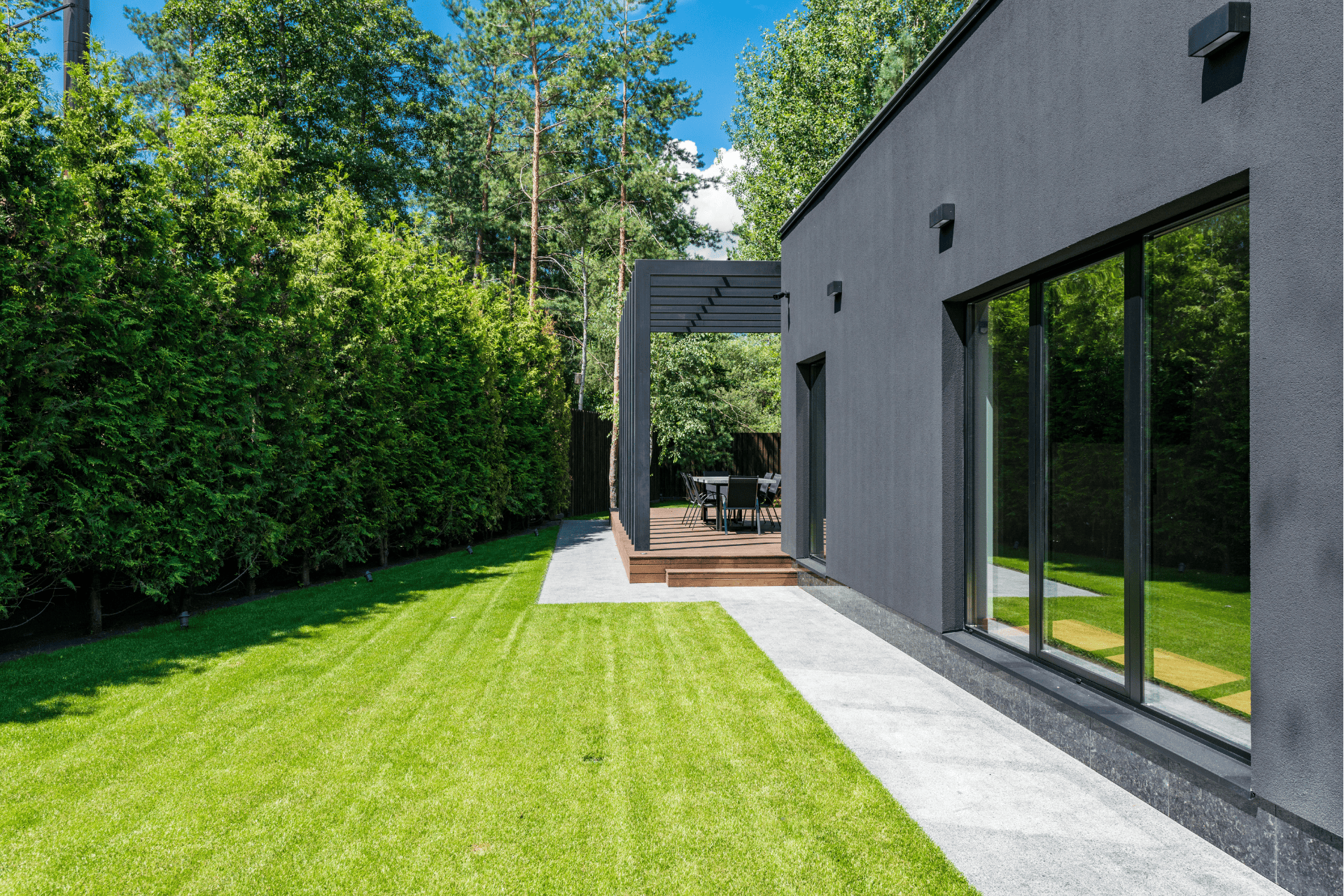Landscaping Tools And Equipment
Whether you’re looking to do some landscape installation of your own or to start a business, you’re going to first need the right landscaping tools and equipment.
From hand tools and power tools to safety gear, we’ve compiled a full list of all the tools you’ll need for various landscaping tasks, from pruning to making fertilizer.
Chances are, you already know some of them, but this list will also open your eyes to new equipment that you can then consider adding to your arsenal.
Without further ado, let’s get started!
Hand Tools
Hand tools are the perfect starting point for garden enthusiasts. They may require more manual work, but they get the job done and are the most affordable option.
1. Pruning Shears
One of the most basic gardening tools, pruners are one of a few must-have tools for garden maintenance. Pruning shears are used to trim overgrown or dead branches and stems, which is essential to promote growth in your plants.
There are various types of pruners, mainly ratchet, bypass, and anvil pruners. A solid pair of bypass pruners will suffice for most casual gardeners, but if you’re managing a larger garden that requires a lot more pruning, it might be worth getting all three pruners. Anvil pruners are best for thicker plants and require less effort to use, while ratchet ones are the strongest and are meant for the thicker branches.
For those wondering why regular scissors can’t get the job done, well, you’ll have no trouble with thinner stems, but for larger branches and stems, not only will you have to exert lots of effort, but you likely won’t be able to cut through and may even cause the blade to snap off, which is incredibly dangerous.
2. Trowels
Trowels, which are like tiny shovels, are another indispensable tool for any gardener. You’ll need trowels for precision work like digging small holes for planting bulbs and seedlings or removing weeds.
There aren’t different types of trowels, but there are different sizes. Just go with the one that you find most comfortable.
3. Shovels
Everyone knows what shovels are. Basically, you’ll need shovels for digging larger holes, transferring dirt, mulch, and so on, or simply for excavating larger amounts of soil.
There are three different blade shapes for shovels - spade, square, and trench.
Spade shovels are for digging, square ones for scooping and moving, and trench shovels are for digging trenches, as the name suggests.
As you can imagine, having the right shovel for the job will make your job much easier. However, for most casual gardeners, just the spade one will do.
4. Rakes
When it comes to rakes, the main ones that everyone use are leaf and garden (or bow) rakes. There are other rakes such as thatch rakes and shrub rakes, but most people won’t ever need them.
Leaf rakes are of course used to gather leaves and debris, making them a must-have for any kind of clean-up.
Garden rakes are used for breaking up soil and leveling garden beds, which is crucial for laying sod and preparing your garden bed for new plants to grow.
5. Hoes
Gardening hoes are important for healthy soil. They are primarily used to remove weeds and cultivate soil. Besides removing weeds, hoes are used to create narrow trenches for seeding and for aerating the soil.
So in short, hoes help create a healthy environment for your plants to grow.
6. Post Hole Diggers
Post hole diggers are lesser known than the other gardening equipment, but no less useful.
Post hole diggers resemble a long, slender pair of crimps with claws at the end. You use them by opening the claws, stabbing them into the ground, and closing them to create a hole. You then repeat the process until you’ve reached the depth you want.
Post hole diggers help create deep, narrow holes efficiently. These holes are useful for fence posts, signposts, or shrubs and trees.
Not everyone will need a post hole digger, but it’s good to know they exist just in case you find yourself one day in need of them.
Power Tools
Moving on to power tools, they’re more sophisticated, and so will naturally cost more than hand tools.
However, they can do things that hand tools can’t and speed up your work immensely, so their prices are more than justified.
1. Leaf Blowers
As I just said, power tools speed up your work immensely. Leaf blowers do the same thing as leaf rakes, clearing up leaves, except they do it in half the time and take only a quarter of the effort.
Needless to say, I’d recommend that you get a leaf blower unless you’ve only got a small yard.
2. Hedge Trimmers
Hedge trimmers operate differently from chainsaws as theirs is a back and forth motion. However, the effect they have is very much the same.
Once again, hedge trimmers are like pruning shears on steroids, greatly speeding up the process of maintianint your hedges, bushes, and shrubbery.
Same as with leaf blowers, larger gardens and yards will justify getting hedge trimmers, although you can still get them to save some time and effort even if your yard isn’t that big.
3. Chainsaws
This tool needs no introduction. Chainsaws are an indispensable tool for cutting through thick stems or branches, and even chopping firewood.
They can however be dangerous, so safety gear must be donned, which we’ll get to later down the list.
4. Mulchers
Mulchers aren’t so much power tools as they are machines. Nevertheless, I had to place them somewhere on the list so here they are.
For the uninitiated, mulchers aren’t for applying mulch. Instead, they’re for creating mulch.
There’s quite a wide variety of mulchers, some have vacuums and can be driven, some are stationary, and some even have shredders.
Regardless, mulchers turn your waste into something useful. The benefits of mulch are many, such as suppressing weeds and retaining soil moisture.
Mulchers can be pricey, but are worth the investment as they have a huge positive effect on your plants in the long term. They’re also very eco-friendly as they reduce the amount of waste that goes to landfills.
5. Cultivators/Rototillers
Cultivators help stir, aerate, and weed your soil all at once. There’s a very wide range of cultivators, ranging from simple hand tools that resemble three-pronged garden rakes, to full-blown machines that are as large as cars.
Which one you should get depends on the size of your garden and your budget, but very rarely will even garden enthusiasts get anything larger than a motorized hand-held or walk-behind cultivator, also known as a rototiller.
6. Pole Saws
A pole saw is exactly what it sounds like - a saw on top of a pole.
Pole saws are used for cutting branches high up that are out of reach while allowing the user to remain on the ground safely without having to climb any ladders. Their lengths can usually be adjusted, so users can reach the exact height they need.
Given the awkward position, it’s not easy to go back and forth with a pole saw, which is why homeowners tend to prefer the powered version.
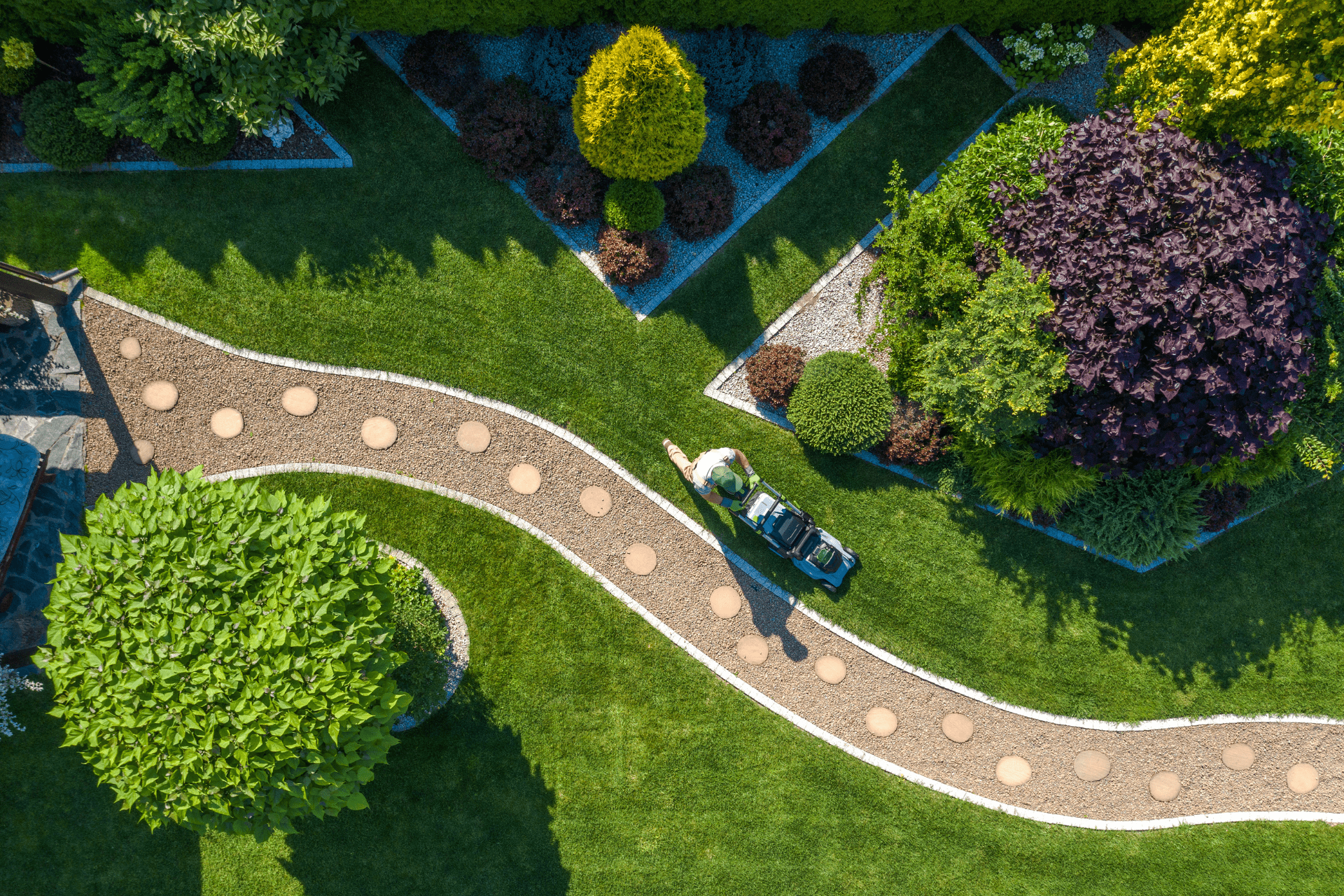
Lawn Care Equipment
Now, let’s dive into the more specialized tools that lawn care requires.
1. Lawn Mowers
Lawn mowers, as everyone knows, help you cut your grass evenly. There are push lawn mowers, self-propelled lawn mowers, and even riding ones, so there’s something for everyone.
If you have a bigger area to maintain though, you may want to consider getting a gas-powered lawn mower instead of a manual one powered by your pushing force.
Nowadays, with the advance of technology, there are even robotic lawn mowers to further save you time and effort.
2. Lawn Aerator
A lawn aerator, as you can probably guess, performs aeration.
The two main types of lawn aerators are spike aerators and spike (or core) aerators. Spike aerators employ spikes to puncture the soil. In contrast, plug aerators remove plugs of soil and deposit them on top of the soil as they go.
Plug aerators are more thorough, but are also more expensive and require more effort to operate. As such, if your lawn isn’t too compact, spike aerators will get the job done.
Otherwise, if your lawn’s compaction issues are more serious or you need more thorough aeration, you’ll want to get a core aerator.
3. String Trimmers/Grass Cutters
String trimmers are called string trimmers because they use string to trim grass. They’re essentially like spinning blade grass cutters, but they use string instead of blades.
It goes without saying that string trimmers are less tough than grass cutters, so you won’t be able to cut through thick vegetation like grass cutters can.
That said, string trimmers are cheaper, easier to use, and safer as not only is there no risk of the blade chipping and flying towards you or others at velocity, but it’s also less likely to hit debris like small stones towards you.
As such, I would recommend getting string trimmers unless you need to cut thicker vegetation like small trees or saplings.
4. Edgers
Edgers are like large can openers, as you’re basically holding a pole with a sharp wheel at the end and using it to cut grass near the edges of other surfaces like walkways or driveways. The purpose is to cut out a clear line that separates the surface from the lawn.
Edgers can be manual or powered. Bigger edgers can sometimes resemble a lawn mower with four wheels.
5. Dethatchers
Dethatchers are used to remove thatch. *suprise surprise*
Anyway, thatch simply refers to dead grass, branches, and debris that are bound to accumulate over time. The mechanism of dethatchers resembles cultivators, but the blades are shorter so that only the layer of thatch is removed.
Like cultivators, there are both powered and manual dethatchers. Unless you’ve got a huge lawn, most people generally get manual dethatchers.
Soil And Plant Care Equipment
Next, we’ll be going into equipment designed specifically to care for only your soil and plants.
1. Compost Bins
Compost bins speed up the process of decomposition to produce compost more quickly by creating the right conditions. This compost can then be applied to the soil to act as fertilizer or just to enrich the soil.
Compost bins are a great investment as they save you money on fertilizer while also reducing the amount of waste you have to dispose of and that is sent to landfills.
2. Spreaders
Spreaders are an integral part of any gardener’s arsenal, as they help spread various substances evenly.
There are two types of spreaders - drop and broadcast.
Drop spreaders have an opening at the bottom that simply keeps depositing whatever you’ve put into the spreader. So all you have to do is keep walking with the spreader at a steady pace and it’ll deposit whatever you’ve placed inside uniformly throughout your lawn, whether it’s seeds, fertilizer, or pesticide.
Broadcast spreaders have a more complicated mechanism, but you just have to know that they’ll distribute whatever you put inside outwards in all directions uniformly using something like a wheel.
White both types of spreaders aim to spread substances evenly, broadcast spreaders are less accurate, and some areas may get more than others, though not by much. They are faster though.
Having said that, it’s best not to use broadcast spreaders if the area you’re using it on has many obstacles like bushes and trees.
3. Sprayers
Sprayers are in essence more sophisticated watering cans. Sprayers work like perfume bottles. They spray out liquids as water droplets, so watering occurs at a slower pace. This allows for much more accurate watering of plants and also lowers the chances of overwatering.
There are even adjustable sprayers where you can control the rate of watering.
While sprayers aren’t a must, gardening enthusiasts or simply those who care more about their plants will want to consider getting one.
4. Trellises
Trellises are structures that act as supports for plants. They can come in many shapes, such as lattices and even wrought-iron pieces.
Only some plants require support, and even then, sometimes, just a wooden stick is enough.
5. Stakes
As mentioned above, sometimes, a stake will suffice. In fact, if your plant is smaller, you could even use a long branch to act as the support, so you will need to exercise judgment when buying stakes and trellises.
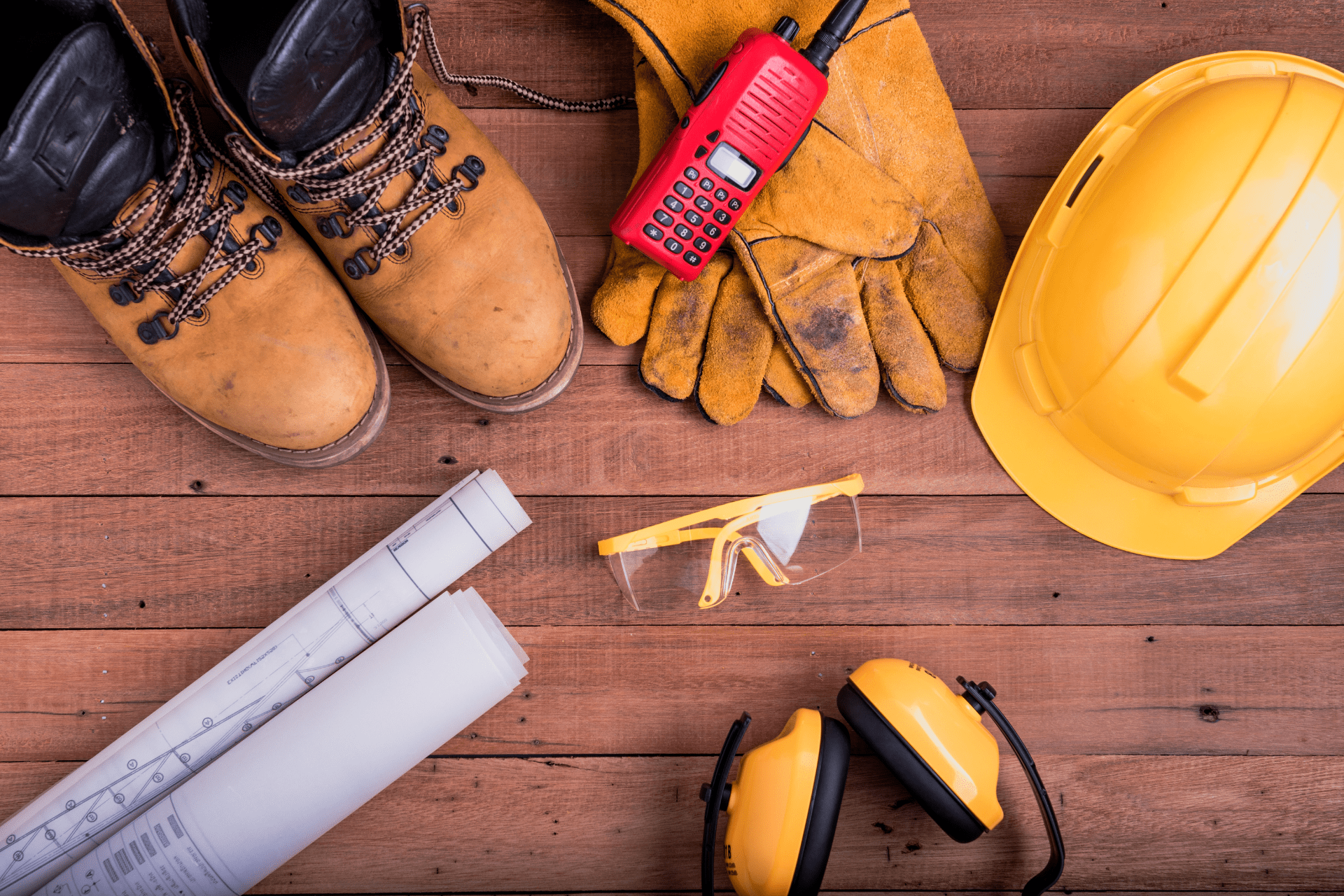
Safety Gear
Gardening may not sound like the most dangerous task in the world, but certain equipment can actually hurt you and in the worst case, even kill you if you do not don the proper safety gear.
1. Gloves
You use your hands for everything, so it’s crucial that you give them the protection they need.
From natural common hazards like thorns and chemicals to less common ones like sharp blades, gloves are critical for protection against a variety of hazards.
2. Safety Glasses
When working with power tools, it’s not uncommon for small branches or twigs and debris like small rocks to go flying. Safety glasses don’t just guard against flying debris either, they also prevent chemicals from getting into your eyes.
The last thing you want is for a rock to rocket straight into your eye or chemicals that could cause vision impairment splattering into your eyes, so make sure to always wear safety glasses when dealing with powered tools and chemicals.
3. Boots
While a good pair of covered shoes still offers plenty of protection, boots will last longer and protect you better against thorns, sharp tools, and chemicals.
At the same time, boots are waterproof, so your feet won’t get wet while performing various gardening tasks, which is uncomfortable and can lead to fungal infections.
4. Earmuffs
Tools like leaf blowers and chainsaws can be quite loud, to the point where long term exposure can cause permanent hearing damage.
To err on the side of caution, if you’re working with any tool that causes you to be unable to hear another person talking, I’d strongly advise that you wear earmuffs.
Miscellaneous
Here are some other tools and equipment that don’t fall into any particular category, but that you may want to consider getting.
1. Garden Hose
There isn’t much to explain, but garden hoses can generate large amounts of water, which means watering takes a lot less time and effort than with watering cans.
2. Buckets
Everyone needs a bucket at some point, so make sure to have one or two of them lying around. They can be used to transport materials like mulch or soil or just to collect rainwater for use.
3. Wheelbarrows
Wheelbarrows are for transporting materials around easily.
At some point, if you’re doing all the maintenance yourself, you’re going to find yourself needing to transport a good amount of soil or mulch or some other substance, so it’s a good idea to have a wheelbarrow ready for use.
4. Tampers
Tampers are used to compact soil, so not many homeowners are going to need it. Compacting soil is required for installing pavers, creating a solid base for outdoor structures, setting the base for pouring concrete, and so on.
As you may have noticed, not many homeowners are going to undertake those projects on their own, so tampers aren’t commonly owned by homeowners.
5. Concrete Mixers
Another piece of equipment that homeowners will rarely own, concrete mixers are needed to make concrete.
Even if you are undertaking a project that requires concrete, it’s going to be much more cost-efficient to mix concrete by hand, especially if it’s a one-time project that may not require much more concrete.
6. Equipment Trailer
This is something that most people will never need, as it’s used to carry large amounts of equipment and supplies from one place to another. So as long as you’re not intending to transport half your warehouse away from your home, you’re not going to need an equipment trailer.
Equipment trailers are mainly used by
landscaping companies.
Conclusion
In this comprehensive list, we’ve compiled all the tools that one would normally need for different
DIY landscaping tasks. You may not need all of them, but it’s good to know that they exist so that you know which tools to get if you ever need a job done.

